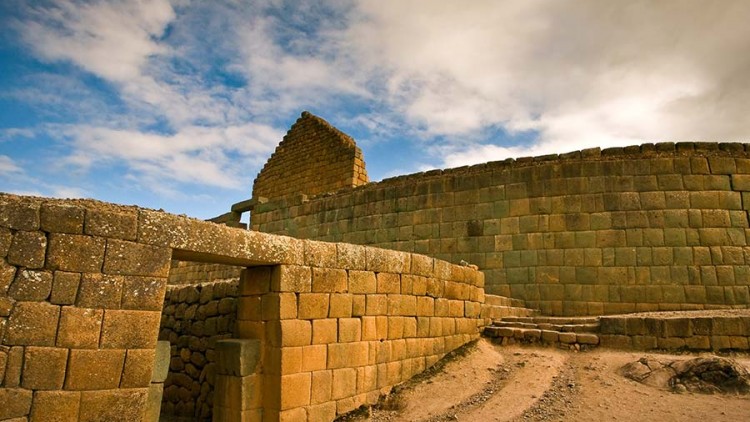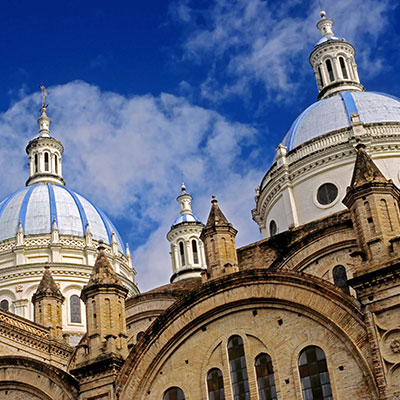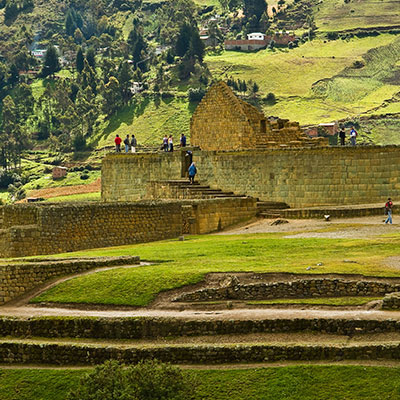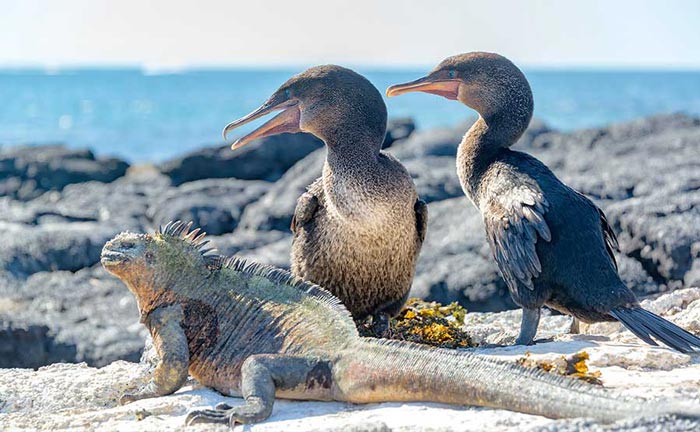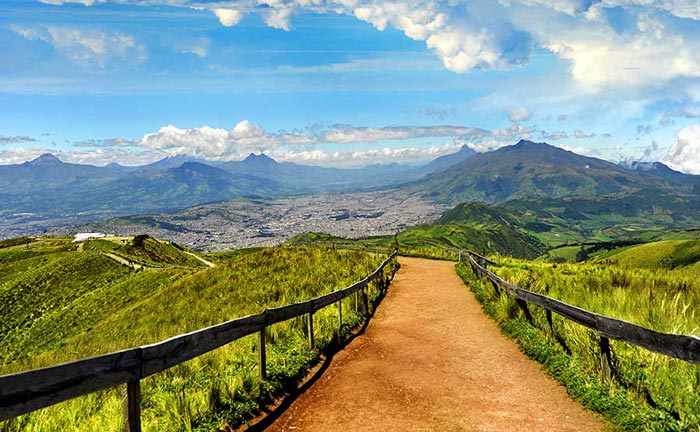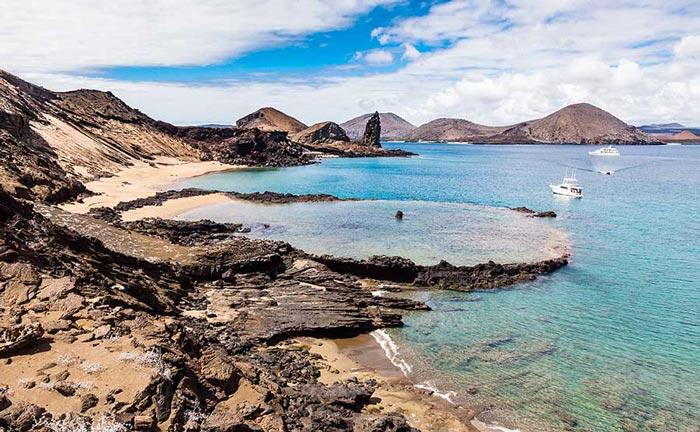The Second Inca Capital
Attractions & Activities In Cuenca
Located in the Ecuadorean highland region at 8,200 feet above sea level, the city of Cuenca usually plays second fiddle to Quito, but some would, and indeed do, argue that it is the more beautiful of the two. With its picture-perfect cobbled streets, balcony-clad houses and brilliantly white churches and monasteries not to mention agreeable weather, those who claim it outclasses Quito have a compelling argument. Besides looks, Cuenca is also known for its intellectual chops, having produced a greater number of writers, artists and philosopher than any other city in the country.
Cuenca has been occupied since about A.D. 500, when it was ruled by the ancient Cañari people who called the area Guapondeleg. When the Incas stormed into town, the Cañari put up a fierce resistance, but ultimately fell. The Incas used it as their second capita, renaming it Tombebamba and building magnificent constructions that were said to rival the glories of Cusco. But Tombebamba was short-lived. When the Spanish arrived 50 years later, the whole city lay in ruins. What happened to the Inca’s second capital is something of a mystery, though many speculate the Incas themselves deliberately destroyed it when word of the approaching Spanish conquistadors reached them. The Spanish re-established the city as Cuenca in 1557, and it has since become an important political, religious and cultural center.
Whether you want to learn about the mysteries of the Inca’s disappearing city or admire the trim, colonial center, Cuenca makes a great destination for exclusive tours of Ecuador.
Perfect Your Dream Vacation
We understand that letting us plan how you spend it is an act of trust, so we promise we’ll be there to provide personal attention and service at every point of the process.

